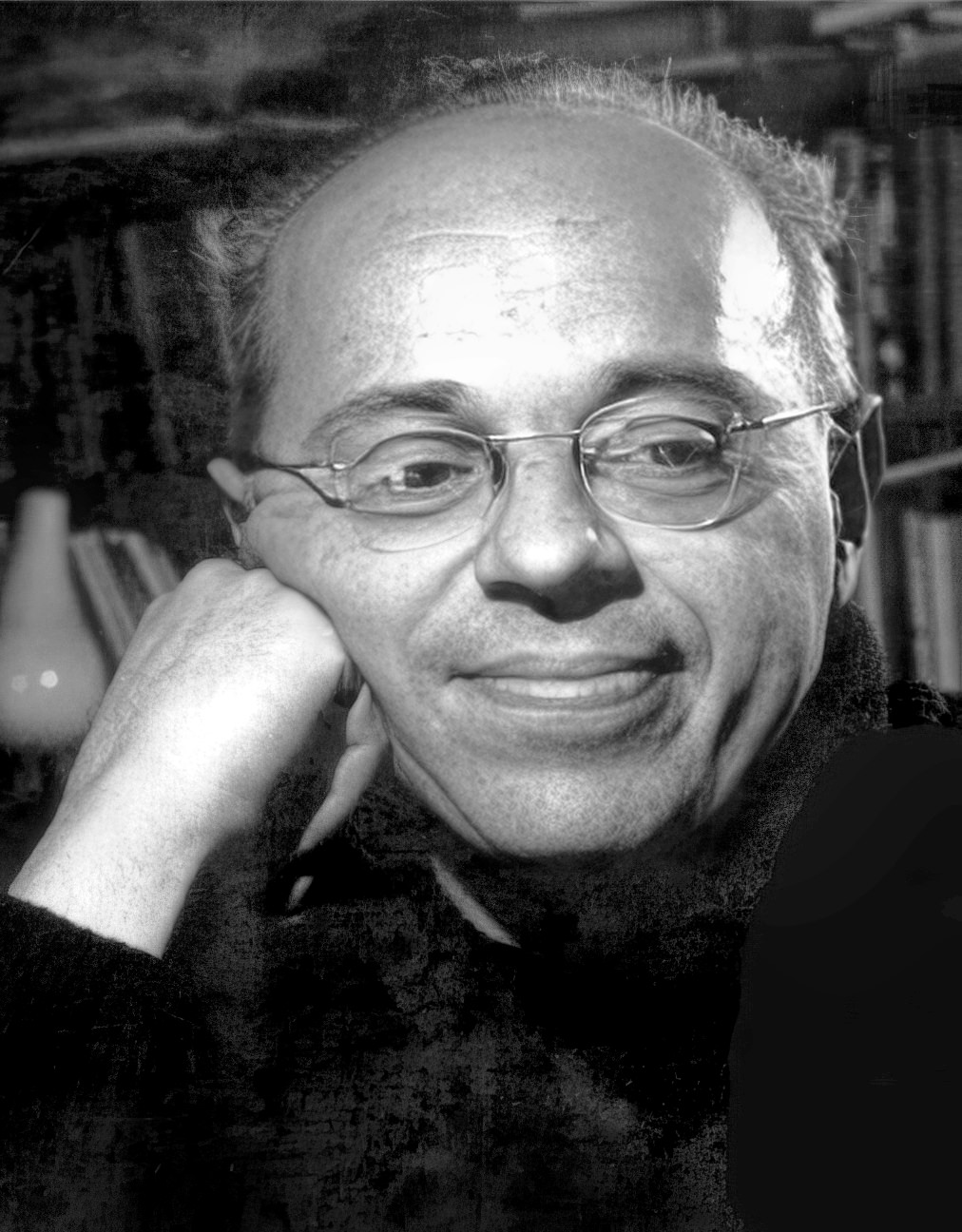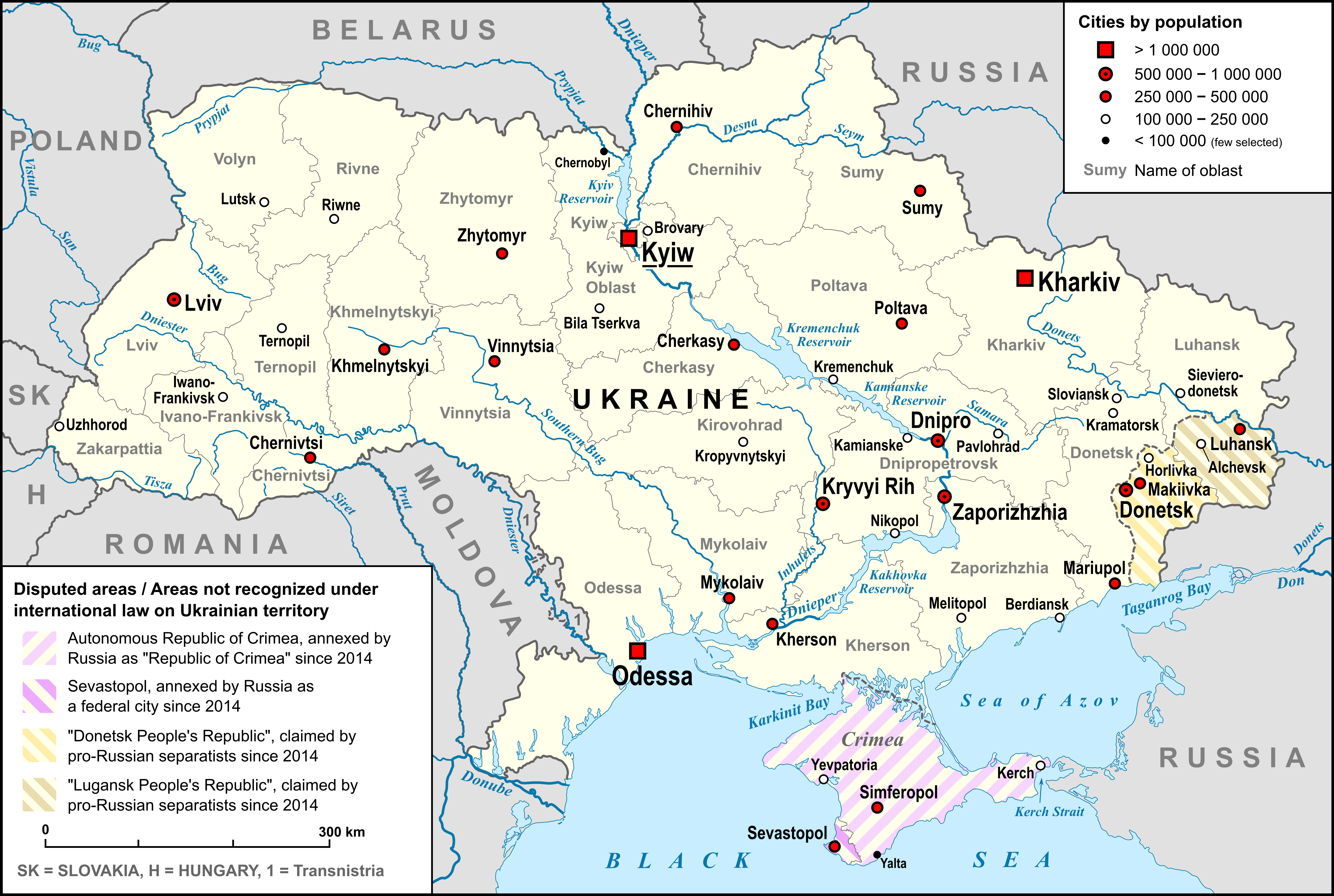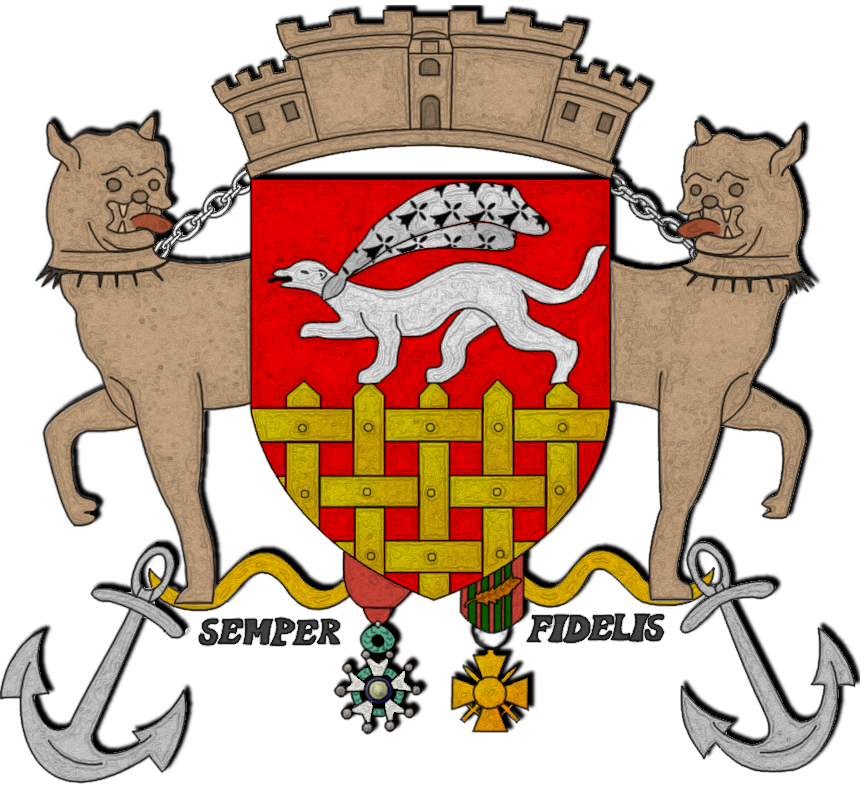|
L'viv
Lviv ( or ; ; ; see below for other names) is the largest city in western Ukraine, as well as the fifth-largest city in Ukraine, with a population of It serves as the administrative centre of Lviv Oblast and Lviv Raion, and is one of the main cultural centres of Ukraine. Lviv also hosts the administration of Lviv urban hromada. It was named after Leo I of Galicia, the eldest son of Daniel, King of Ruthenia. Lviv (then Lwów) emerged as the centre of the historical regions of Red Ruthenia and Galicia in the 14th century, superseding Halych, Chełm, Belz, and Przemyśl. It was the capital of the Kingdom of Galicia–Volhynia from 1272 to 1349, when it went to King Casimir III the Great of Poland in a war of succession. In 1356, Casimir the Great granted it town rights. From 1434, it was the regional capital of the Ruthenian Voivodeship in the Kingdom of Poland. In 1772, after the First Partition of Poland, the city became the capital of the Habsburg semi-auto ... [...More Info...] [...Related Items...] OR: [Wikipedia] [Google] [Baidu] |
Old Town (Lviv)
Lviv's Old Town (; ) is the historic centre of the city of Lviv, within the Lviv Oblast (province) in Ukraine, recognized as a State Historic-Architectural Reserve in 1975. UNESCO Since 1998, the United Nations Educational, Scientific and Cultural Organization (UNESCO) has listed Lviv's 300 acre historic center as part of "World Heritage". On 5 December 1998, during the 22nd Session of the World Heritage Committee in Kyoto (Japan), Lviv was added to the UNESCO World Heritage List. UNESCO gave the following statement explaining its selection: The territory of the Lviv Historic Centre Ensemble covers of the Rus' and Medieval part of the city, as well as the territory of the St. George's Cathedral on St. George's Hill. The buffer area of the Historic Centre, which is defined by the historic area bounds, is approximately . List of featured landmarks Beside the listed items of three major areas, there are some 2,007 other historical landmarks within the Old City's area, 214 ... [...More Info...] [...Related Items...] OR: [Wikipedia] [Google] [Baidu] |
Market Square (Lviv)
Rynok Square (, , ) is a central square of the city of Lviv, Ukraine. According to archaeological data, the square was planned in the second half of the 13th century, during the reign of Prince Leo I of Galicia. However, there is a long tradition of later dating the emergence of the square, associated with the activities of the Polish king Casimir III the Great. The square is rectangular in shape, with measurements of 142 metres by 129 metres and with two streets radiating out of every corner. In the middle there was a row of houses, with its southern wall made by the Lviv Town Hall, Town Hall. However, when in 1825 the tower of the Town Hall burned, all adjacent houses were demolished and a new hall, with a 65-metre tower, was built in 1835 by architects J. Markl and F. Trescher. Around the square, there are 44 tenement houses, which represent several architectural styles, from Renaissance to Modernism. In the four corners, there are fountains—wells from 1793, probably des ... [...More Info...] [...Related Items...] OR: [Wikipedia] [Google] [Baidu] |
List Of Leopolitans
The inhabitants of Lviv, Ukraine (; ) are commonly known in English as ''Leopolitans'' (from the Neo-Latin name for the city, ''Leopolis''). The following is a list of notable Leopolitans. See also * :People from Lviv, People from L'viv () References {{DEFAULTSORT:Leopolitans History of Lviv Lists of Ukrainian people Lists of Polish people Austrian people of Polish descent, Lviv Austrian people of Ukrainian descent, Lviv People from Lviv, * ... [...More Info...] [...Related Items...] OR: [Wikipedia] [Google] [Baidu] |
Lviv Urban Hromada
Lviv urban territorial hromada () is a hromada (municipality) in Ukraine's Lviv Oblast, in Lviv Raion. The hromada's administrative centre is the city of Lviv. The area of the hromada is , and the population is Until 18 July 2020, the hromada belonged to the city of Lviv which was incorporated as a city of oblast significance and the center of Lviv Municipality. The municipality was abolished in July 2020 as part of the administrative reform of Ukraine, which reduced the number of raions of Lviv Oblast to seven. The area of Lviv Municipality was merged into the newly established Lviv Raion. Settlements The Lviv urban hromada contains three cities (Lviv, Vynnyky, and Dubliany), two urban-type settlement Urban-type settlement, abbreviated: ; , abbreviated: ; ; ; ; . is an official designation for lesser urbanized settlements, used in several Central and Eastern Europe, Central and Eastern European countries. The term was primarily used in the So ...s ( Briukhovychi ... [...More Info...] [...Related Items...] OR: [Wikipedia] [Google] [Baidu] |
Eastern European Summer Time
Eastern European Summer Time (EEST) is one of the names of the UTC+03:00 time zone, which is 3 hours ahead of Coordinated Universal Time. It is used as a summer daylight saving time in some European and Middle Eastern countries, which makes it the same as Arabia Standard Time, East Africa Time, and Moscow Time. During the winter periods, Eastern European Time ( UTC+02:00) is used. Since 1996, European Summer Time has been applied from the last Sunday in March to the last Sunday in October. Previously, the rules were not uniform across the European Union. Usage The following countries and territories use Eastern European Summer Time during the summer: * Belarus, Moscow Summer Time in years 1981–89, regular EEST from 1991-2011 * Bulgaria, regular EEST since 1979 * Cyprus, regular EEST since 1979 ( Northern Cyprus stopped using EEST in September 2016, but returned to EEST in March 2018) * Egypt, in the years 1988–2010, 2014–2015 and since 2023 (see also Egypt Sta ... [...More Info...] [...Related Items...] OR: [Wikipedia] [Google] [Baidu] |
Vehicle Registration Plate
A vehicle registration plate, also known as a number plate (British, Indian and Australian English), license plate (American English) or licence plate (Canadian English), is a metal or plastic plate attached to a motor vehicle or trailer for official identification purposes. All countries require registration plates for commercial road vehicles such as cars, trucks, and motorcycles, for hire. Whether they are required for other vehicles, such as bicycles, boats, or tractors, may vary by jurisdiction. The registration identifier is a numeric or alphanumeric ID that uniquely identifies the vehicle or vehicle owner within the issuing region's vehicle register. In some countries, the identifier is unique within the entire country, while in others it is unique within a state or province. Whether the identifier is associated with a vehicle or a person also varies by issuing agency. There are also electronic license plates. Legal requirements In Europe, most governments requi ... [...More Info...] [...Related Items...] OR: [Wikipedia] [Google] [Baidu] |
List Of Cities In Ukraine
There are 463 populated places in Ukraine, populated places in Ukraine that have been officially granted city status () by the Verkhovna Rada, the country's parliament, as of 23 April 2025. Settlements with more than 10,000 people are eligible for city status although the status is typically also granted to settlements of historical or regional importance. Smaller settlements are Populated places in Ukraine#Rural settlements, rural settlements () and villages (). Historically, there were systems of city rights, granted by the territorial lords, which defined the status of a place as a ''misto'' or ''selo''. In the past, cities were self-governing and had several privileges. The list of cities is roughly ordered by population and the 2022 estimates are compared to the 2001 Ukrainian census, except for Chernobyl for which the population is an unofficial estimate. The City with special status, cities with special status are shown in ''italic''. The average population size is 62,000. ... [...More Info...] [...Related Items...] OR: [Wikipedia] [Google] [Baidu] |
Eastern European Time
Eastern European Time (EET) is one of the names of UTC+02:00 time zone, 2 hours ahead of Coordinated Universal Time. The zone uses daylight saving time, so that it uses UTC+03:00 during the summer. A number of African countries use UTC+02:00 all year long, where it is called Central Africa Time (CAT), although Egypt and Libya also use the term ''Eastern European Time''. The most populous city in the Eastern European Time zone is Cairo, with the most populous EET city in Europe being Kyiv. Usage The following countries, parts of countries, and territories use Eastern European Time all year round: * Kaliningrad Oblast (Russia), since 26 October 2014; also used EET in the years 1945 and 1991–2011. See also Kaliningrad Time. * Libya, since 27 October 2013; switched from Central European Time, which was used in 2012. Used year-round EET from 1980 to 1981, 1990–1996 and 1998–2012. The following countries, parts of countries, and territories use Eastern European ... [...More Info...] [...Related Items...] OR: [Wikipedia] [Google] [Baidu] |
Hromada
In Ukraine, a hromada () is the main type of municipality and the third level Administrative divisions of Ukraine, local self-government in Ukraine. The current hromadas were established by the Cabinet of ministers of Ukraine, Government of Ukraine on 12 June 2020. A municipality is designated ''urban hromada'' if its administration is located in a city; ''settlement hromada'' if it is located in a settlement (''selyshche''), and ''rural hromada'' if it is located in a village (Village#Ukraine, ''selo'') or a ''selyshche''. Hromadas are grouped to form Raions of Ukraine, raions (districts); groups of raions form Oblasts of Ukraine, oblasts (regions). Optionally, a municipality may be divided into Starosta okruh, starosta okruhs (similar to Civil parish, civil parishes in Great Britain or Frazione, frazioni in Italy), which are the lowest level of local government in Ukraine. Similar terms exist in Poland (''gromada'') and in Belarus (''hramada''). The literal translation of th ... [...More Info...] [...Related Items...] OR: [Wikipedia] [Google] [Baidu] |
Semper Fidelis
''Semper fidelis'' () is a Latin phrase that means "always faithful" or "always loyal" (Fidelis or Fidelity). It is the motto of the United States Marine Corps, usually shortened to Semper Fi. It is also in use as a motto for towns, families, schools, and other military units. It is thought that it originated from the phrase that the senators of ancient Rome declaimed at the end of their intervention. The earliest definitively recorded use of ''semper fidelis'' is as the motto of the French town of Abbeville since 1369. It has also been used by other towns, and is recorded as the motto of various European families since the 16th century, and possibly since the 13th century or earlier. Records show many families in England, France and Ireland using this motto. The earliest recorded use of ''semper fidelis'' by a military unit is by the Duke of Beaufort's Regiment of Foot, raised in south-western England in 1685. This is apparently linked to its use as a motto by the city of Ex ... [...More Info...] [...Related Items...] OR: [Wikipedia] [Google] [Baidu] |
Names And Symbols
A name is a term used for identification by an external observer. They can identify a class or category of things, or a single thing, either uniquely, or within a given context. The entity identified by a name is called its referent. A personal name identifies, not necessarily uniquely, a ''specific'' individual human. The name of a specific entity is sometimes called a proper name (although that term has a philosophical meaning as well) and is, when consisting of only one word, a proper noun. Other nouns are sometimes called "common names" or (obsolete) "general names". A name can be given to a person, place, or thing; for example, parents can give their child a name or a scientist can give an element a name. Etymology The word ''name'' comes from Old English ''nama''; cognate with Old High German (OHG) ''namo'', Sanskrit (''nāman''), Latin '' nomen'', Greek (''onoma''), and Persian (''nâm''), from the Proto-Indo-European (PIE) ''*h₁nómn̥''. Outside Indo-European, ... [...More Info...] [...Related Items...] OR: [Wikipedia] [Google] [Baidu] |
Ukrainian Culture
The culture of Ukraine is composed of the material and spiritual values of the Ukrainian people that has formed throughout the history of Ukraine. Strong family values and religion, alongside the traditions of Ukrainian embroidery and Ukrainian folk music, folk music are integral aspects of the country's culture. It is closely intertwined with ethnic studies about ethnic Ukrainians and Ukrainian historiography which is focused on the history of Kyiv and the region around it. History Although the country has often struggled to preserve its independence its people have managed to retain their cultural possessions and are proud of the considerable cultural legacy they have created. Numerous writers have contributed to the country's literary history such as Ivan Kotliarevsky, Taras Shevchenko and Ivan Franko. The Ukrainian culture has experienced a significant resurgence since the establishment of independence in 1991. The earliest evidence of Cultural artifact, cultural artefact ... [...More Info...] [...Related Items...] OR: [Wikipedia] [Google] [Baidu] |






